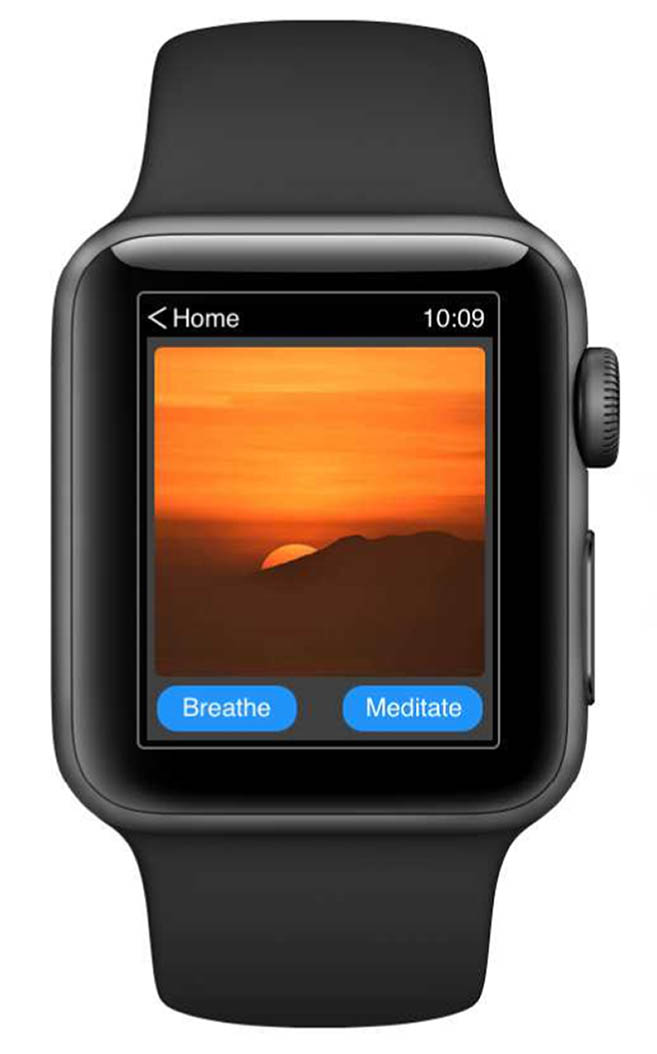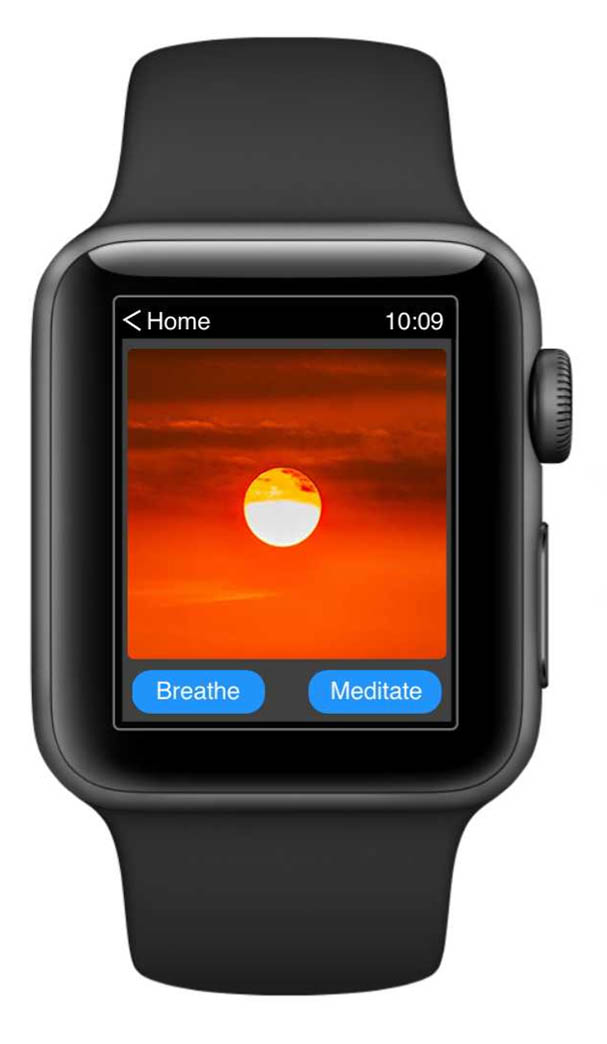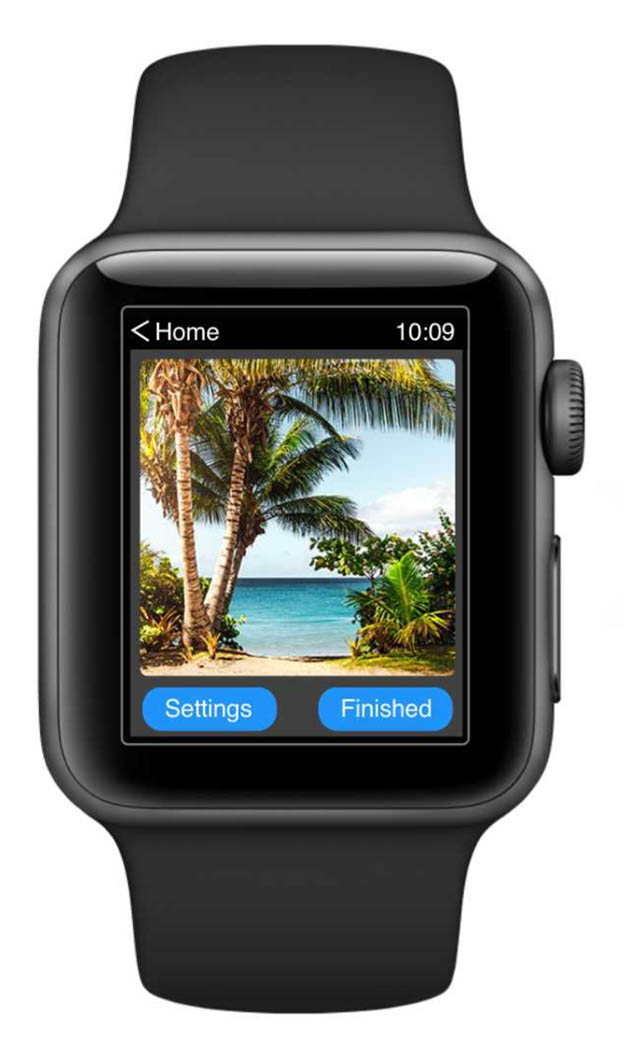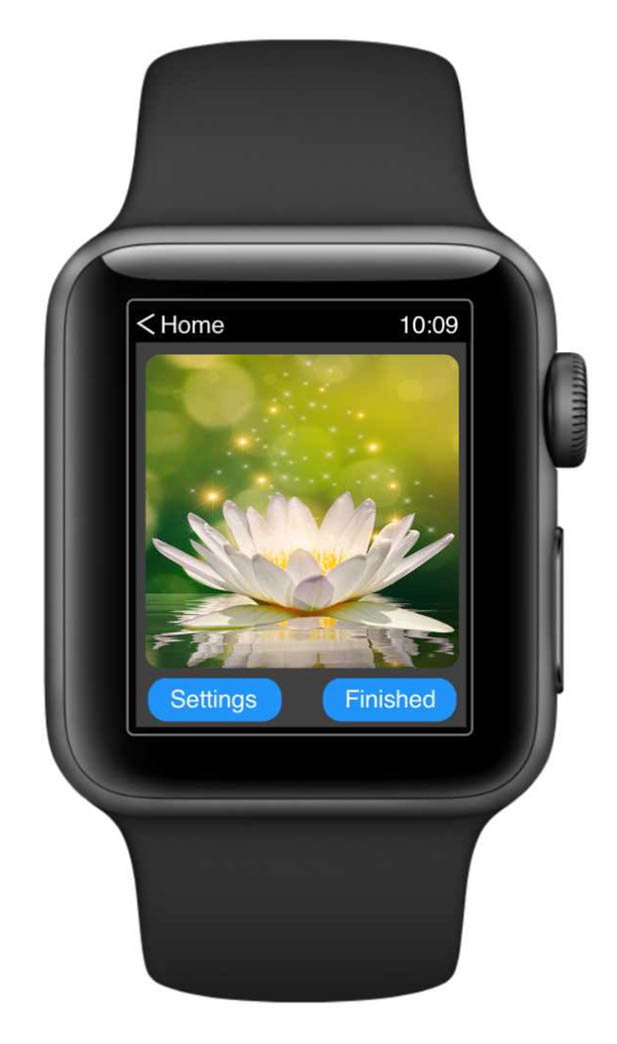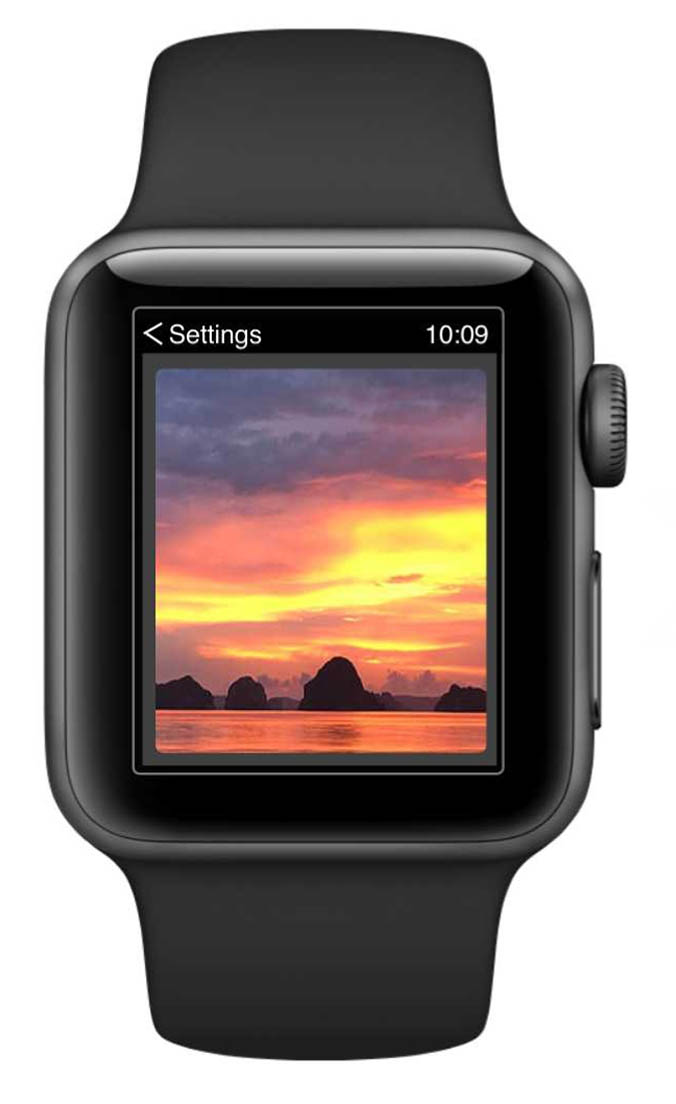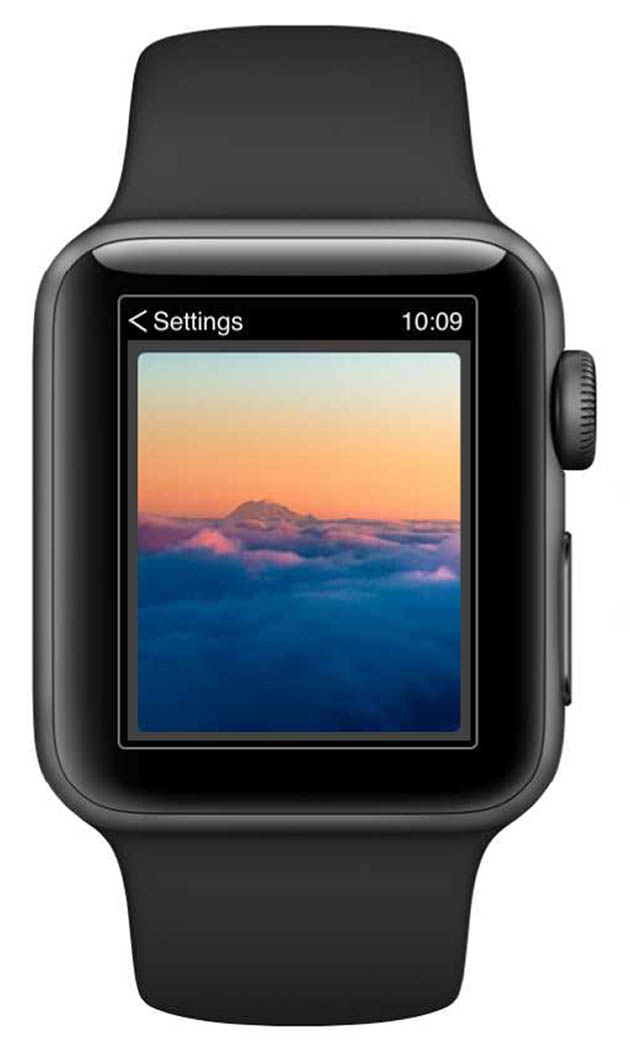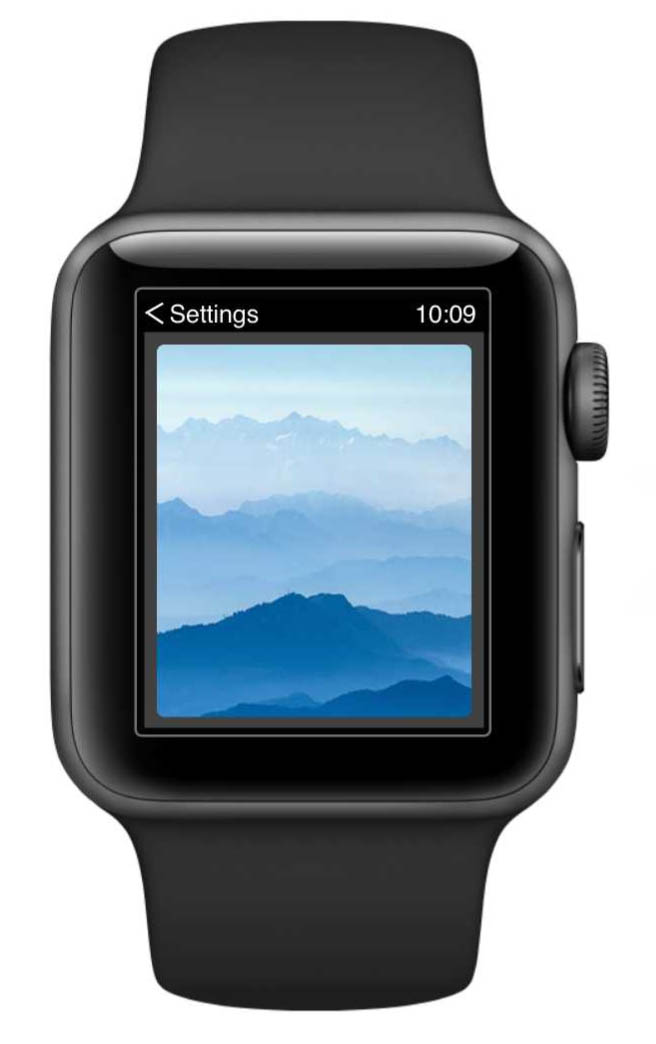Be Chill App
Designed in 2019
Highlights: Research, Personas, Storyboard, Prototypes, Design Process, Visual Design
Background & the Problem – The Growing Mental Health Crisis
Stress and anxiety are on the rise in our always on 24/7 world. With so many tech devices available, we are always connected to something and something is always demanding our attention. It’s no wonder that anxiety is the most diagnosed mental health issue now in the US.
- Anxiety disorders are the most common mental illness in the U.S., affecting 40 million adults in the United States age 18 and older, or 18.1% of the population every year.
- Anxiety disorders affect 25.1% of children between 13 and 18 years old. Research shows that untreated children with anxiety disorders are at higher risk to perform poorly in school, miss out on important social experiences, and engage in substance abuse. Source: Anxiety and Depression Assoc. of America.
- As a result of the Covid-19 pandemic, we are experiencing a mental health crisis in the US.
What are some of the causes of stress and anxiety?
- Test taking
- Depression often goes along with anxiety
- A job seeker preparing for a job interview
- An employee getting ready to give an important presentation
- Performance pressures
- Job loss
- Long term illness
- Relationship problems
- Every day stressors including sitting in traffic and caring for family
- Money
- Isolation and fear due to the Covid-19 pandemic
How do meditation and breathing exercises help?
Meditation has been shown to:
- Improve sleep
- Provide better mental clarity and focus
- Reduce pain
- Reduce stress and anxiety
- Improves mood
Breathing exercises help to:
- Lower stress and anxiety
- Lower heart rate
- Help with anger control
- Decrease the fight or flight response
The beautiful thing about meditation and breathing is they can be done anywhere, at any time, and are both easy to learn. My idea was to design an app that could monitor user stress level and provide either a meditation or breathing exercise to help lower it.
What do people say about their stress?
“My planner is filled with all the clubs and activities I have to do on top of homework, exercise, sleep and trying to eat healthy.”
“I regularly have conversations with my friends about the many things we are stressed out about, especially exams and college applications.”
“Sometimes I have anxiety dreams about whether I’ll get into a good college.”
“I love to perform on stage but it’s like I have to talk myself off a ledge because I get so anxious before every performance.”
“I always feel like I can’t keep up with all the demands for my time between work and family and it’s really stressing me out.”
“My department is cutting back on staff and as one of the newer employees, I worry that I’m going to be let go and I’ll have to find another job.”
“Stock trading is a job with a lot of uncertainty, and you have to manage that.”
“I’m afraid that if I get Covid, I’m going to get really sick and die.”
Competitor Research
I looked at both apps and wearable devices to compare features, benefits and where I thought they fell short. More important, was there an app or wearable similar to the Be Chill.
What many of the apps had in common was they required the user to access the app and then select an action which usually involved sorting through a menu of choices which takes time. This can lead to possible frustration because if you are feeling stressed the last thing you want to do is figure out what meditation you should listen to. When you are busy at work or school do you really have time to search through dozens of meditations to find one you think will work? I wanted to remove that need. I liked that a number of the apps offered various tools to help the user learn how to manage their stress and anxiety but this is more than what I wanted Be Chill to do. Simple was important to me so I eliminated them to just focus on helping users when they need it most.
Apple’s Breathe app has a simple interface and reminders can be set for the app to appear on the user’s screen to encourage them to stop and breathe. The user can adjust the settings and data is stored through Apple’s Health app. I liked that it didn’t require much action on the user’s part, they just have to stop and follow along with the exercise. I have it on my watch but I ignore it most of the time, so the user will always have to make the choice to use the app even with Be Chill.
In the wearable tech category there is the Emvio watch. It measures stress through heart rate and heart rate variability and has an LED indicator to show what stress level you are at from green, yellow to red. The LED light is always visible. I didn’t like this as I thought it was distracting and would invite people to ask what the watch was doing. It also has a bulky look and reminded me of the shock collars dogs wear. For someone with a small wrist, they may find it uncomfortable to wear. It can give you suggestions through the available app for stress management remedies but the watch itself can’t do this.
The Fitbit Inspire HR has a guided breathing sessions built into the device but it doesn’t continually monitor stress levels.
The Garmin Connect feature of their heart rate monitoring devices tracks the user’s stress during the day but does not offer a feature to help them lower it. The watch only stores the data.
Samsung’s Galaxy watch integrates with the Calm app. It shows the user’s stress level while meditating but requires the user to access the Calm app on their phone first and select what meditation they want to listen to.
I was pleased that there isn’t an app or watch yet that has the features of Be Chill. The question for me, is Be Chill an app or a watch? Because this is a fictional product and I’m just the person with an idea and no technical background, I’m calling it an app.
User Personas

Sarah
Age: 17
Occupation: Junior year of high school
Family: Lives at home with both parents and a brother age 14.
Family income: $150,000
Where she gets her information: Social media especially Instagram and Snap Chat. She prefers talking about her stress with her circle of girlfriends over her parents.
Her problem: She is overloaded with schoolwork, activities and sports. She goes from one event to the next with little downtime and feels like she will never get caught up or get any time to just hang out and relax.
Her story: Sarah is a junior in high school, and lives in an upper middle class suburb of a metroploitan area. Her parents are both college graduates and her dad has an MBA. She was encouraged at an early age to excel, like many children of her generation, and her parents exposed her to many activities to help her find what she is good at. Grades are important in her household as well as getting into a good college. She knows how expensive college is and doesn’t want to be a financial burden on her family so she makes every effort to get high grades so she can get a scholarship to the college of her choice. The pressure she puts herself under to do well in everything she does, is taking a toll on her.
What she says: “I guess you could say I’m your typical stressed out teen. Between school, clubs and activities, I have very little downtime. I just started a part-time job on the weekends so I don’t even have that time to wind down. But, I need to do all of these things so my college applications look good and I can get a scholarship. I mean, my grades are good and I did well on the SAT’s but I have friends who have done much more than me and they didn’t get into the college of their choice. What if I’m not smart enough or good enough to get into the college I want to go to? I’m doing so much but I feel like it’s not enough and it’s really stressing me out.”
What is her goal: To learn how to monitor and lower her stress levels in an easy way so she can enjoy being a teenager again.
Sarah’s User Journey
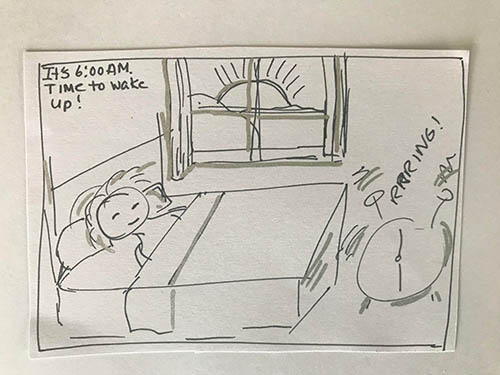
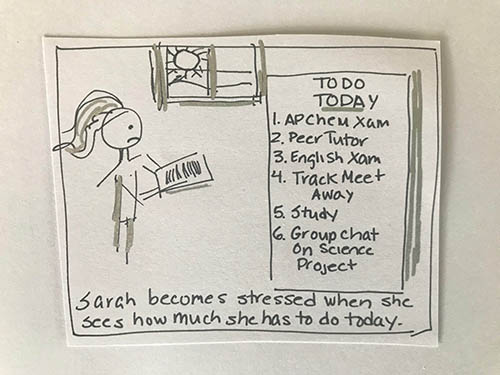
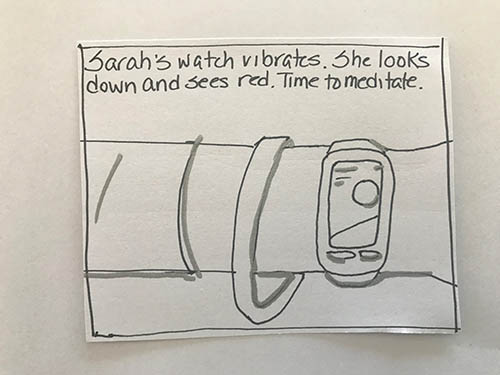
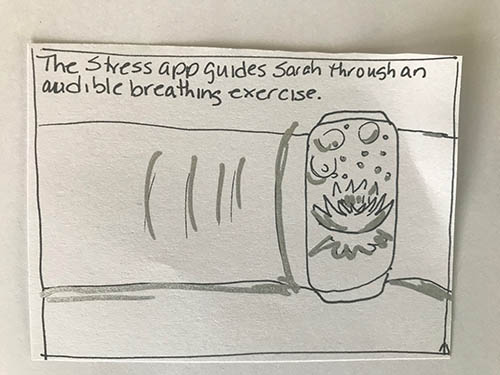
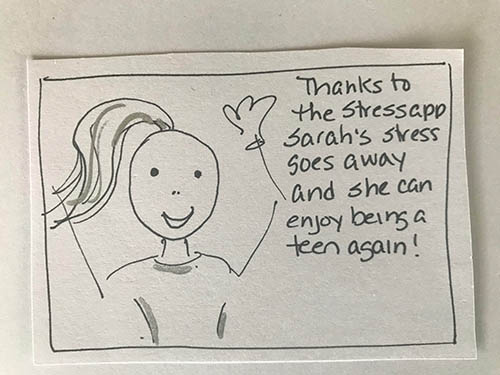

Geoffrey
Age: 45
Occupation: Vice President and stock trader at a large investment bank
Income: $275,000
Family: Married with two kids ages 10 and 12.
Where he gets his information: He reads the Wall Street Journal, listens to a few investing podcasts and reads his firm’s internal investment research. He doesn’t have time for social media.
His problem: His anxious thoughts about his performance at work and family pressures make him distracted and unable to focus on making the quick decisions required of his trading job.
His story: Geoffrey is ivy league educated and has an mba from a top business school. He is used to dealing with the pressures to perform successfully at work under demanding situations and has climbed the ranks at work to become Vice President. Lately though, he is getting more and more anxious while at work. The department lost money for the bank last year, in part due to a large loss he took on a stock, and he feels like his job is now on the line. His anxious thoughts are causing him to lose confidence in himself. His wife left her career as a lawyer to raise their two children. Even with his high salary, they live in an expensive neighborhood and the lifestyle they live leaves little left for savings. He worries if he loses his job that they will have to give up the life they enjoy and his family will see him as a failure.
What he says: “Last year was a tough year for my department. The market was very volatile and I got caught on the wrong side of a trade and it cost the bank alot of money. I was hoping that I could make that money back and still make my target but I fell short and as a result I didn’t get a bonus. I was given a warning from my boss that I needed to make better trading decisions or else I might lose my job. Since then I’ve been anxious while I’m at work. I feel like I am one trade away from being fired and how would I be able to provide for my family if I was. It’s starting to make me question my judgment because I don’t want to make another bad trade. I know that high stress levels are bad for my health but what I’ve been doing to manage it hasn’t worked.
Hig goal: Stop his anxious thoughts before they affect his work performance. He wants to find a way to do this in the hopes that he can focus on trading and not the what-ifs.
Geoffrey’s User Journey
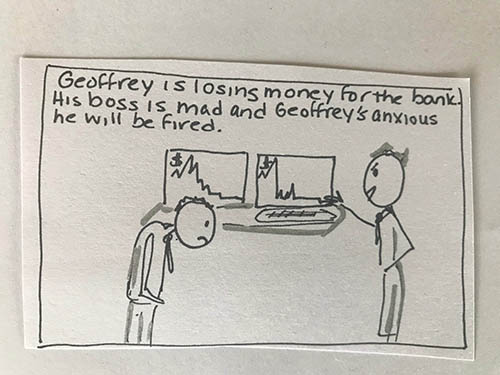
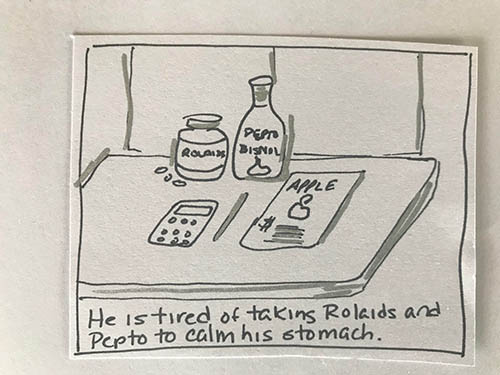
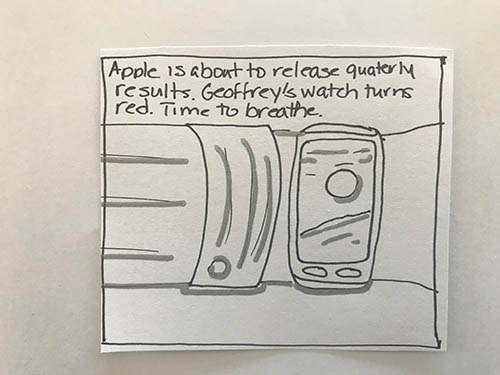
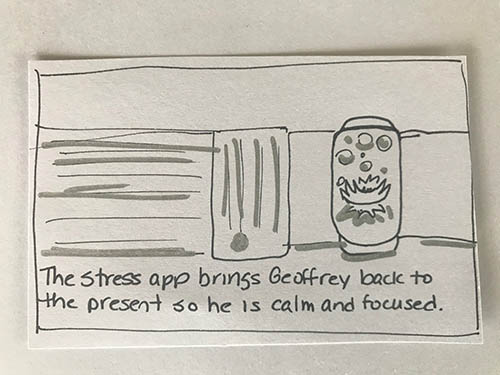

Design of the Be Chill App
I wanted the app to be simple to use, provide helpful features, and be able to show when a user is highly stressed while also being discreet. The app is designed to detect increased stress levels by tracking heart rate, heart rate variability, motion/activity, electrodermal activity (the electrical changes at the surface in the skin, which provides an indicator of stress response) as well as skin temperature and can be used under a variety of circumstances. The discreet design can function as the watch’s homescreen. The average person will think it’s just a nice screensaver.
A major feature of the design is that it requires very little action or decision making for the user. I wanted to eliminate thoughts of:
“Do I really need to do this?”
“I’ll do it later.”
“How does this work?”
“Which meditation should I choose? There are so many choices.”
The app is “always on” instead of the user having to access it when needed. This way the user can fully benefit from the app.
During the day the screen face changes to different scenes depending on the user’s stress level with colors ranging from pale blue (calm) to bright red (highly stressed). When the wearer is becoming stressed the colors become warmer and as they calm down the colors become cooler. The range of colors can help the user to self-sooth and enable them to visually see their stress level return to normal. At higher stress levels, the user can select a guided meditation or a breathing exercise to help them calm down. At the end of the session, a new screen appears that reflects the newer more calm stress level.
Through the settings, the user can choose to set a vibration alert for when a certain stress color is reached or leave the default alert at highly stressed. They can also set what color level brings up the breathe and meditation buttons. Both the guided meditation length and breathing exercise length can be chosen by the user. The user can choose whether the meditation is for mindfulness, relaxation, positive affirmations or coping statements. I did not offer the user a menu of meditations like other apps do. I wanted to provide a simple and effective meditation based on the type and the length the user chooses. It removes the overwhelm of too many choices and the doubt that the user selected the wrong meditation.
An additional feature available through the Settings is “My Stress History”. Each day’s vital signs are recorded and saved as well as the percentage of time spent at each stress level. This gives the user important details regarding their stress. They can track when they were stressed during the day and whether their stress level decreases over time the longer they use the app. The data can be downloaded onto the user’s computer and saved as a spreadsheet.
Prototypes
A deep orange or red sun represents a higher stress level, a mix of blue and orange clouds represents a moderate stress level, while pink and blue represent calm. The guided breathing exercise shows a tropical watch face and the guided meditation exercise shows a lotus flower watch face.
Final thoughts
Designing an app that does not exist and when I didn’t know much about the subject matter was challenging. I needed to find a symbol or icon that could be interpreted by anyone regardless of their background or origin. This is why I chose the sun to represent the higher stress levels. A blazing sun is hotter, hotter means higher temperature which is seen in someone experiencing a high level of stress. Calm is associated with cool, so I picked images in those shades to denote lower temperature and people not experiencing stress have a lower temperature. I chose the lotus flower for the meditate screen, as it is a common symbol for meditation and yoga. I chose the tropical scene for the breathe screen because the image has visual depth and who doesn’t get calmer looking at the ocean?
I did not go as far as designing the settings screen as this project was more about the concept and less about the workings behind the functions. I think it would be very cool to see a concept like the Be Chill on the app store and it was a rewarding prototype to design.

